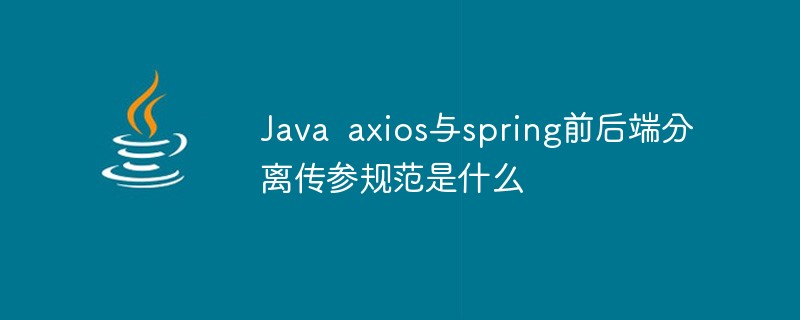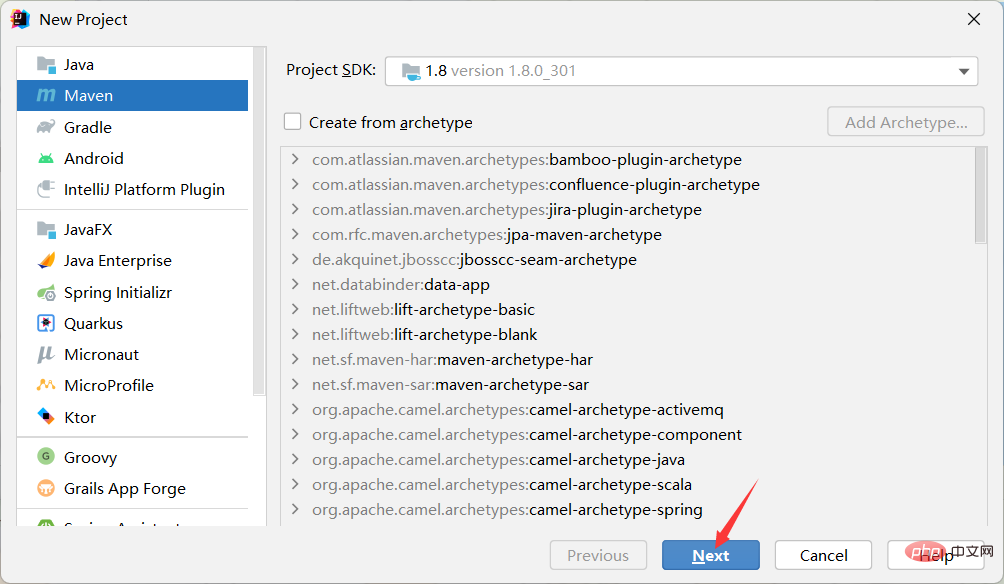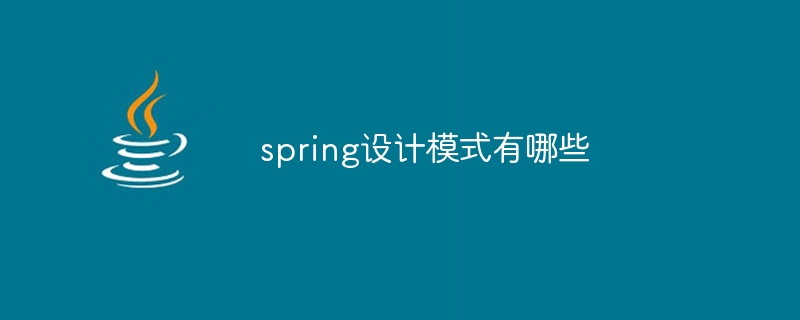Basic support
First let’s take a look at what default events are supported

Program 1 (Service)
Let’s take a look at the program first
ApplicationEventPublisher is a spring thing and needs to be injected for sending. Because ApplicationEventPublisherAware is implemented, setApplicationEventPublisher is The method will automatically be called for us to get the broadcast sender
/**
* @author Carl
* @date 2016/8/28
* @modify 版权所有.(c)2008-2016.广州市森锐电子科技有限公司
*/public class EmailService implements ApplicationEventPublisherAware { private List<String> blackList; private ApplicationEventPublisher publisher; public void setBlackList(List<String> blackList) { this.blackList = blackList;
} public void setApplicationEventPublisher(ApplicationEventPublisher publisher) { this.publisher = publisher;
} /**
* 具体广播类
* @param address
* @param text
*/
public void sendEmail(String address, String text) { if (blackList.contains(address)) {
BlackListEvent event = new BlackListEvent(this, address, text);
publisher.publishEvent(event); return;
} // send email...
}
}Program 2 (Event)
Here we also need to inherit ApplicationEvent, and we can implement some of our own necessary parameters, etc., so that we can get it when we receive the broadcast. Of course You can also use source
/**
* @author Carl
* @date 2016/8/28
* @modify 版权所有.(c)2008-2016.广州市森锐电子科技有限公司
*/public class BlackListEvent extends ApplicationEvent {
private String address;
private String test;
public BlackListEvent(Object source, String address, String test) {
super(source); this.address = address; this.test = test;
} public String getAddress() { return address;
} public void setAddress(String address) { this.address = address;
} public String getTest() { return test;
} public void setTest(String test) { this.test = test;
}
}Program 3 (receiver)
You still have to follow its set of specifications when using spring. Then the receiver must implement the ApplicationListener interface, so all objects that receive generic broadcasts will forward the onApplicationEvent interface. It comes from inside
Of course spring is very thoughtful and does not necessarily implement the ApplicationListener class. Add the annotation @EventListener
/**
* @author Carl
* @date 2016/8/28
* @modify 版权所有.(c)2008-2016.广州市森锐电子科技有限公司
*/public class BlackListNotifier implements ApplicationListener<BlackListEvent> {
private String notificationAddress;
public void setNotificationAddress(String notificationAddress) {
this.notificationAddress = notificationAddress;
} @EventListener
public void onApplicationEvent(BlackListEvent event) { // notify appropriate parties via notificationAddress...
System.out.println("onApplicationEvent, some thing I receive:" + event.getAddress() + ",text:" + event.getTest());
} @EventListener(condition = "#event.test == 'foo'") public void onApplicationCustomerEvent(BlackListEvent event) {
System.out.println("onApplicationCustomerEvent,some thing I receive:" + event.getAddress() + ",text:" + event.getTest());
// notify appropriate parties via notificationAddress...
} @EventListener({ContextStartedEvent.class, ContextRefreshedEvent.class}) public void handleContextStart() {
System.out.println("-------------handleContextStart");
} /**
* 参数可以给BlackListEvent 可以不给
*/
@EventListener(classes = {BlackListEvent.class}) public void handleBlackListEvent() {
System.out.println("-------------handleBlackListEvent");
}
}@EventListener
to the bean class. Analyze how to use this annotation, just like the above program, except for the implementation Outside the interface, it can be implemented through the @EventListener annotation.
condition can use SpEL expressions, which are executed when the conditions are met.
classes. When the event object is triggered, this class will be executed.
Program 4 (config bean)
Here Mainly for some services and to accept the registration of broadcast beans in order to accept
/**
* 配置
* @author Carl
* @date 2016/8/28
* @modify 版权所有.(c)2008-2016.广州市森锐电子科技有限公司
*/@Configurationpublic class AppConfig { @Bean
public EmailService emailService() {
EmailService s = new EmailService();
List<String> emails = new ArrayList<>(3);
emails.add("known.spammer@example.org");
emails.add("known.hacker@example.org");
emails.add("john.doe@example.org");
s.setBlackList(emails); return s;
} @Bean
public BlackListNotifier notifier() {
BlackListNotifier notifier = new BlackListNotifier();
notifier.setNotificationAddress("blacklist@example.org"); return notifier;
}
} Java Spring怎么实现定时任务May 24, 2023 pm 01:28 PM
Java Spring怎么实现定时任务May 24, 2023 pm 01:28 PMjava实现定时任务Jdk自带的库中,有两种方式可以实现定时任务,一种是Timer,另一种是ScheduledThreadPoolExecutor。Timer+TimerTask创建一个Timer就创建了一个线程,可以用来调度TimerTask任务Timer有四个构造方法,可以指定Timer线程的名字以及是否设置为为守护线程。默认名字Timer-编号,默认不是守护线程。主要有三个比较重要的方法:cancel():终止任务调度,取消当前调度的所有任务,正在运行的任务不受影响purge():从任务队
 Java axios与spring前后端分离传参规范是什么May 03, 2023 pm 09:55 PM
Java axios与spring前后端分离传参规范是什么May 03, 2023 pm 09:55 PM一、@RequestParam注解对应的axios传参方法以下面的这段Springjava代码为例,接口使用POST协议,需要接受的参数分别是tsCode、indexCols、table。针对这个Spring的HTTP接口,axios该如何传参?有几种方法?我们来一一介绍。@PostMapping("/line")publicList
 Spring Boot与Spring Cloud的区别与联系Jun 22, 2023 pm 06:25 PM
Spring Boot与Spring Cloud的区别与联系Jun 22, 2023 pm 06:25 PMSpringBoot和SpringCloud都是SpringFramework的扩展,它们可以帮助开发人员更快地构建和部署微服务应用程序,但它们各自有不同的用途和功能。SpringBoot是一个快速构建Java应用的框架,使得开发人员可以更快地创建和部署基于Spring的应用程序。它提供了一个简单、易于理解的方式来构建独立的、可执行的Spring应用
 Spring 最常用的 7 大类注解,史上最强整理!Jul 26, 2023 pm 04:38 PM
Spring 最常用的 7 大类注解,史上最强整理!Jul 26, 2023 pm 04:38 PM随着技术的更新迭代,Java5.0开始支持注解。而作为java中的领军框架spring,自从更新了2.5版本之后也开始慢慢舍弃xml配置,更多使用注解来控制spring框架。
 Java Spring框架创建项目与Bean的存储与读取实例分析May 12, 2023 am 08:40 AM
Java Spring框架创建项目与Bean的存储与读取实例分析May 12, 2023 am 08:40 AM1.Spring项目的创建1.1创建Maven项目第一步,创建Maven项目,Spring也是基于Maven的。1.2添加spring依赖第二步,在Maven项目中添加Spring的支持(spring-context,spring-beans)在pom.xml文件添加依赖项。org.springframeworkspring-context5.2.3.RELEASEorg.springframeworkspring-beans5.2.3.RELEASE刷新等待加载完成。1.3创建启动类第三步,创
 从零开始学Spring CloudJun 22, 2023 am 08:11 AM
从零开始学Spring CloudJun 22, 2023 am 08:11 AM作为一名Java开发者,学习和使用Spring框架已经是一项必不可少的技能。而随着云计算和微服务的盛行,学习和使用SpringCloud成为了另一个必须要掌握的技能。SpringCloud是一个基于SpringBoot的用于快速构建分布式系统的开发工具集。它为开发者提供了一系列的组件,包括服务注册与发现、配置中心、负载均衡和断路器等,使得开发者在构建微
 Java Spring Bean生命周期管理的示例分析Apr 18, 2023 am 09:13 AM
Java Spring Bean生命周期管理的示例分析Apr 18, 2023 am 09:13 AMSpringBean的生命周期管理一、SpringBean的生命周期通过以下方式来指定Bean的初始化和销毁方法,当Bean为单例时,Bean归Spring容器管理,Spring容器关闭,就会调用Bean的销毁方法当Bean为多例时,Bean不归Spring容器管理,Spring容器关闭,不会调用Bean的销毁方法二、通过@Bean的参数(initMethod,destroyMethod)指定Bean的初始化和销毁方法1、项目结构2、PersonpublicclassPerson{publicP
 spring设计模式有哪些Dec 29, 2023 pm 03:42 PM
spring设计模式有哪些Dec 29, 2023 pm 03:42 PMspring设计模式有:1、依赖注入和控制反转;2、工厂模式;3、模板模式;4、观察者模式;5、装饰者模式;6、单例模式;7、策略模式和适配器模式等。详细介绍:1、依赖注入和控制反转: 这两个设计模式是Spring框架的核心。通过依赖注入,Spring负责管理和注入组件之间的依赖关系,降低了组件之间的耦合度。控制反转则是指将对象的创建和依赖关系的管理交给Spring容器等等。


Hot AI Tools

Undresser.AI Undress
AI-powered app for creating realistic nude photos

AI Clothes Remover
Online AI tool for removing clothes from photos.

Undress AI Tool
Undress images for free

Clothoff.io
AI clothes remover

AI Hentai Generator
Generate AI Hentai for free.

Hot Article

Hot Tools

Safe Exam Browser
Safe Exam Browser is a secure browser environment for taking online exams securely. This software turns any computer into a secure workstation. It controls access to any utility and prevents students from using unauthorized resources.

PhpStorm Mac version
The latest (2018.2.1) professional PHP integrated development tool

SublimeText3 Chinese version
Chinese version, very easy to use

MinGW - Minimalist GNU for Windows
This project is in the process of being migrated to osdn.net/projects/mingw, you can continue to follow us there. MinGW: A native Windows port of the GNU Compiler Collection (GCC), freely distributable import libraries and header files for building native Windows applications; includes extensions to the MSVC runtime to support C99 functionality. All MinGW software can run on 64-bit Windows platforms.

Dreamweaver CS6
Visual web development tools






